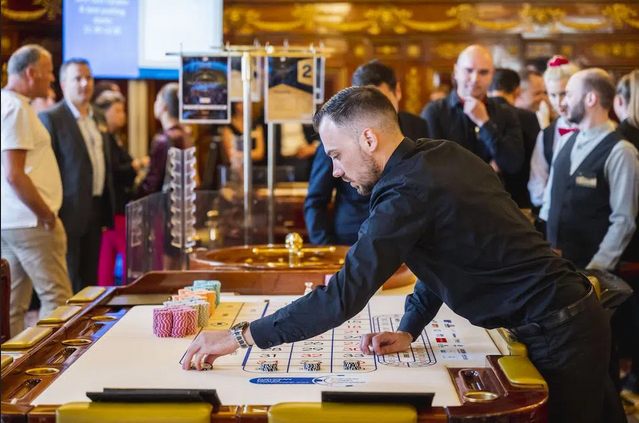What Happens If You Tie in Blackjack?
Blackjack has always been a favourite card game for casino players. But did you know that there is a tie in blackjack? How would you play a tied blackjack? Would you go for a tie or split?
Tied blackjack is played when three cards of the same rank match against two cards of the opposite rank. The bettor wins only when two matching pairs appear on either side of the dealer’s hand. In other words, if the dealer gets 10, 6, 4, 3, 2, he loses because the third card is a 9.
Tied blackjack is highly profitable for casinos since it gives them the opportunity to increase their winnings without increasing player spending.
What is Tie in Blackjack?
A tie in Blackjack is an event whereby a player receives more than one payout from his wagers. A tie occurs whenever the sum total of the outcomes is equal. For example, let us assume that the dealer deals with the following:
- 2 7 5 4 8 3 6 2
The first round of betting begins with each player placing a predetermined amount of money on any one of the 17 numbered spots on the table. Each spot represents a different hand and payout. After all the bets have been placed, the dealer reveals his hand.
After the dealer reveals his hand, the dealer must make one decision regarding ties. If the dealer decides to allow ties to occur then the players who tied together will share equally in the money that was originally in the pot. Ties can occur between a single winning hand and multiple losing hands. They can also occur between multiple winning hands.
In a tiered system, the value of the pot increases as the number of people tied grows. The value of the pot is determined by multiplying the ante-up by the number of people tied. Let’s consider this example again:
- 2 7 5
- 4 8
- 3 6 2
This means that the initial pot is $1 x 1 $1. Once all bets are made, the dealer is dealt four cards face up. Three of these are the same as the first five cards revealed and therefore represent the dealer’s original hand. Two of the remaining four cards are face down; these cards represent the dealer’s hidden hand. If the dealer takes no action, the pot will remain at $1 x 1. If the dealer chooses to split, the pot will double to $2 x 1. If the dealer splits, the players involved will share a portion of the doubled pot.
What Happens If You Tie in Blackjack?
When a player ties in with another player, both get paid out for their respective hands. When a player ties with the dealer, however, your wager does not qualify towards the pot.
How Does a Player Win in Tied Blackjack?
Players usually win in tied blackjack by beating the dealer’s high hand. There are two exceptions to this rule though. First, if the dealer has a low hand, players may win by tying with him/her. Second, if the dealer has the highest hand, players may win depending on how many players have tied with him/her.
Payoffs In Tied Blackjack
If all four players have tied with the dealer, they all share the pot proportionately. So, in the above scenario, each player would receive $25. This amount can be adjusted to suit your preference. For instance, you could say that every player gets $40 or $60 instead. This way, one person wouldn’t end up winning more than any other participant in the game.

